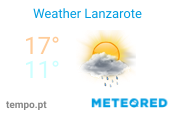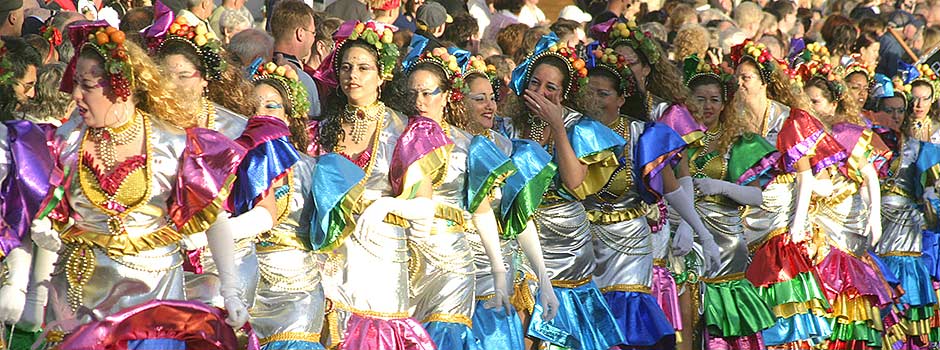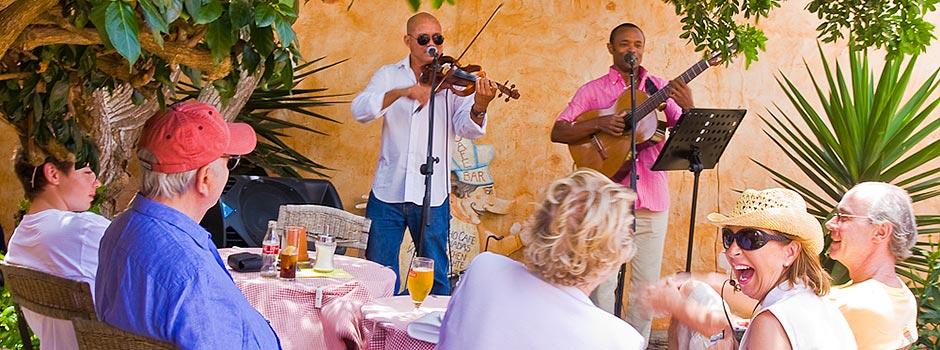The Canary Islands have a vibrant, lively culture involving fiestas, music, literature, art, dance, interesting traditions and food. A holiday to the extraordinary island of Lanzarote will show you just how rich and artistic the Canary Islands can be.
To get a better understanding of today’s culture, it is important to remember the history of the island and the influences of Lanzarote’s past. A significant landmark for the cultural development of the Canary Islands was the incorporation of the islands in the Castilian Crown by the end of the 15th Century. From that time on, Hispanic culture and tradition spread across all the islands of the archipelago.
Before this historic event, the native people of the islands had their own peculiar artistic expression, their own language, religion and their own way of living. This is chronicled in various museums and archaeological sites throughout the island.
Centuries later the works of Canarian artists started to emerge. Most of the 17th, 18th and 19th Century artists restricted their work to religious themes and some of their paintings adorn churches all over the archipelago. The most renowned – and also most productive – religious sculptor was José Luján Pérez (1756-1815), whose work can be admired in many churches and cathedrals throughout the Canary Islands.
Also highly esteemed was the versatile artist Néstor Martin Fernández de la Torre (1887-1938), who specialised in murals and fought a fierce fight for the revival and preservation of Canarian folk art and architecture.
Literature has a long history in the Canaries with many poets and novelists from the islands being compelled to move to mainland Spain in order to find fame and glory. Probably the most distinguished Canarian novelist was Benito Pérez Galdós (1843-1920), whose birthplace in Las Palmas de Gran Canaria was transformed into a house-museum.
With regard to popular music and dances – besides preservation of the traditional folklore music and dance of the islanders, which can usually be observed at fiestas – Andalusian dances and Latin American rhythms, especially Salsa music introduced by immigrants, prevail. Classical music concerts are always very popular and can be seen during the Classical Music Festival from January to March every year, with almost all islands of the archipelago participating.
On Lanzarote, more precisely in the town of Teguise, is where much of the Canarian culture originated. This dignified colonial town was considered to be the most important town on the archipelago for more than a century. Various musical instruments were played here, including the timple, a unique five-string guitar that accompanies many traditional dances as well as the castanets. Another town, San Bartolomé, is best known for its folklore music and dance traditions.
Most of the musical events – such as the famous Visual Music Festival – take place in the awesome volcanic caves of Lanzarote’s amazing nature attractions Jameos del Agua and Cueva de los Verdes in the northern part of the island. They are extraordinary entertainment venues with outstanding acoustics providing a truly unique experience.
Museums and art galleries
Lanzarote boasts some fine museums and galleries that showcase a mixture of interesting exhibitions illustrating the island’s rich culture.
The excellent César Manrique Foundation in Taro de Tahíche is a must-see. Besides examples of his masterpieces there is also a collection of works by other 20th Century artists including Pablo Picasso and Joan Miró.
The International Museum of Contemporary Art is located in the 18th Century Castillo de San José in the capital city of Arrecife.
The arty village of Yaiza in the southern part of the island is home to the Galería Yaiza, displaying diversified works of many different artists of the island.
Lanzarote also boasts some interesting and very informative museums, such as the award-winning Agricultural Museum El Patio near Tiagua, the Casa Museo del Campesino (Farmer’s Museum) in Mozaga as well as the curious International Miniatures Museum in Haría.
Then there are the Centro Científico Cultural in Arrecife, dedicated to the well-known and Arrecife-born physicist Blas Cabrera Felipe (1878-1945), San Bartolomé’s Ethnographic Museum, located in a traditional 18th Century house, the Museo del Emigrante Canario (Canarian Emigrant Museum) in the Castillo de Santa Barbara in Teguise and last but not least the Parque Nacional de Timanfaya Interpretation Centre, a must-visit for everybody who wants to know more about Lanzarote’s amazing volcanic history
Think of the whole island of Lanzarote as an art museum in itself – a unique, natural environment that Manrique used as a canvas to showcase his creative, innovative and artistic skills as sculptor, painter, architect and designer.

























